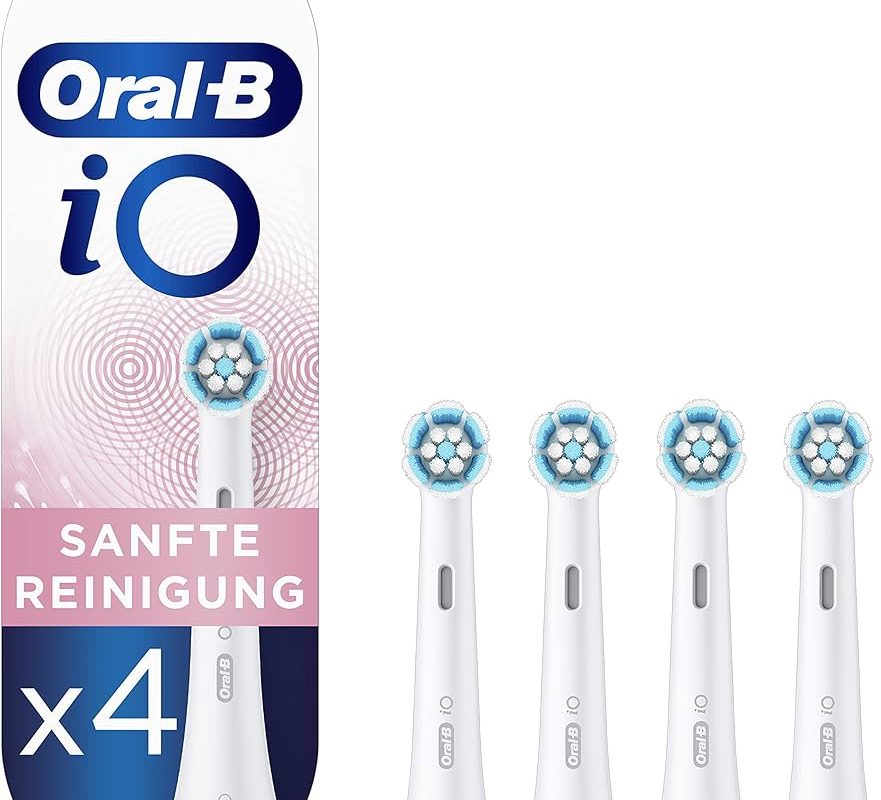Introduction
Experiencing tooth pain after using an electric toothbrush can be concerning and uncomfortable. There are several possible reasons for this discomfort, ranging from improper brushing techniques to dental conditions. In this article, we will explore the various factors that may contribute to tooth pain after using an electric toothbrush, including brushing technique, tooth sensitivity, gum inflammation, and potential dental issues. Understanding these causes can help individuals address the issue and maintain optimal oral health.
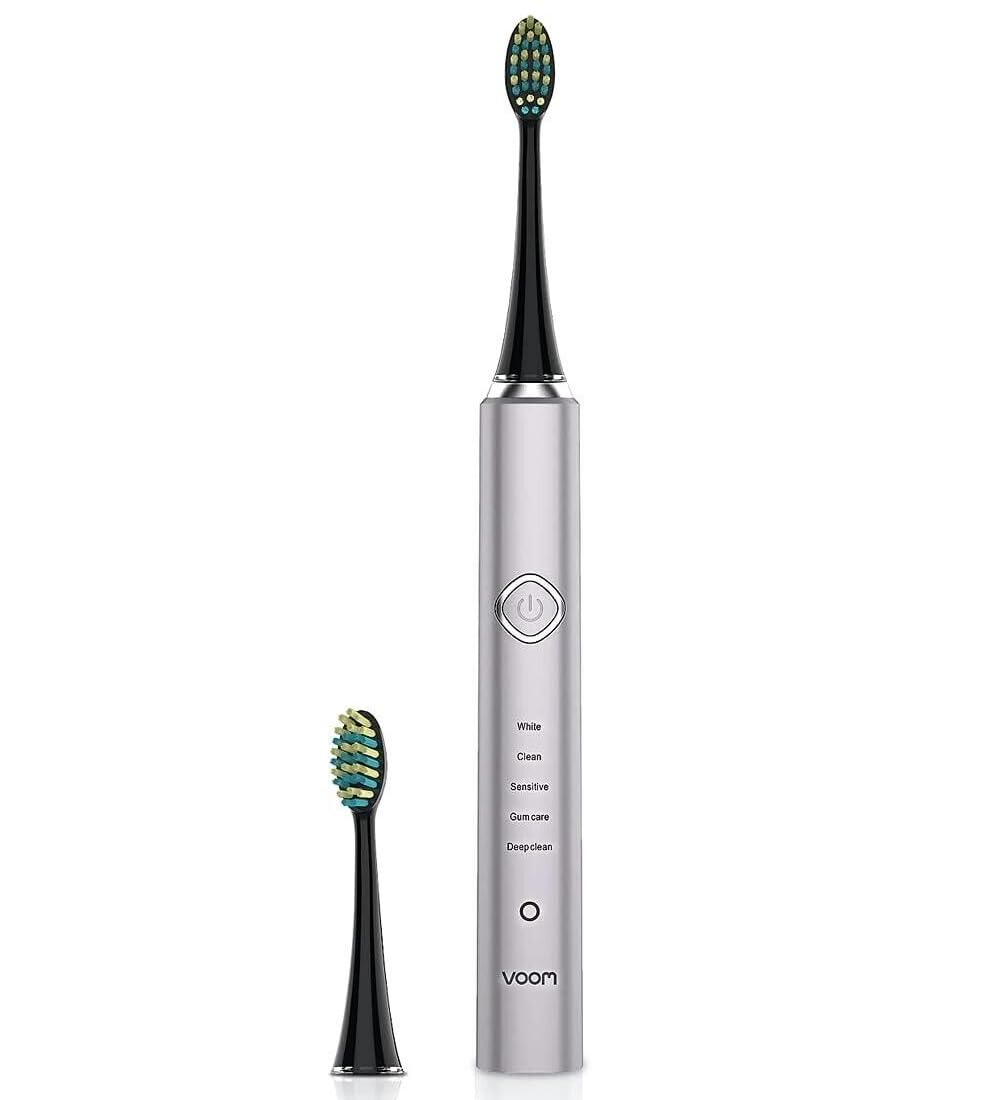
Why does my tooth hurt after using the electric toothbrush?
Brushing technique
One possible cause of tooth pain after using an electric toothbrush is improper brushing technique. It is important to use gentle and controlled movements while brushing to avoid excessive pressure on the teeth and gums. Brushing too aggressively or applying too much force can lead to tooth sensitivity and discomfort. It is advisable to let the electric toothbrush do the work rather than applying excessive pressure manually.
Tooth sensitivity
Tooth sensitivity is another common cause of tooth pain after using an electric toothbrush. Many individuals experience tooth sensitivity to cold or hot temperatures, as well as sweet or acidic foods and beverages. Electric toothbrushes, particularly those with a higher power setting or more intense brushing action, can exacerbate tooth sensitivity. The rapid vibrations or rotations of the brush head may stimulate the nerves in the teeth, leading to discomfort. Using a toothbrush specifically designed for sensitive teeth or adjusting the brushing technique can help alleviate this issue.
Gum inflammation
If the gums are inflamed or irritated, using an electric toothbrush may cause discomfort. Gum inflammation can be a result of poor oral hygiene, gum disease (gingivitis or periodontitis), or other factors such as hormonal changes or certain medications. When the bristles of an electric toothbrush come into contact with inflamed gums, it can cause pain and sensitivity. It is important to maintain good oral hygiene practices, including regular flossing and professional cleanings, to prevent and manage gum inflammation.

Dental conditions
Tooth pain after using an electric toothbrush can also be a result of underlying dental conditions. Some potential dental issues that may cause discomfort include:
Tooth decay: Cavities or tooth decay can lead to tooth pain, especially when the electric toothbrush bristles come into contact with the affected areas. If tooth decay is suspected, it is important to visit a dentist for proper diagnosis and treatment.
Cracked or fractured tooth: A cracked or fractured tooth can cause pain when exposed to pressure or vibrations from an electric toothbrush. This issue may require dental intervention, such as a dental filling or crown, to restore the tooth’s integrity and alleviate discomfort.
Dental abscess: A dental abscess is a localized infection that can cause severe tooth pain. The use of an electric toothbrush may exacerbate the pain by agitating the infected area. Immediate dental attention is necessary to address the abscess and prevent further complications.
Gum disease: Advanced gum disease, such as periodontitis, can cause tooth pain and sensitivity. The use of an electric toothbrush can further irritate the gums and worsen the discomfort. Proper dental care and treatment are essential for managing gum disease and alleviating associated tooth pain.
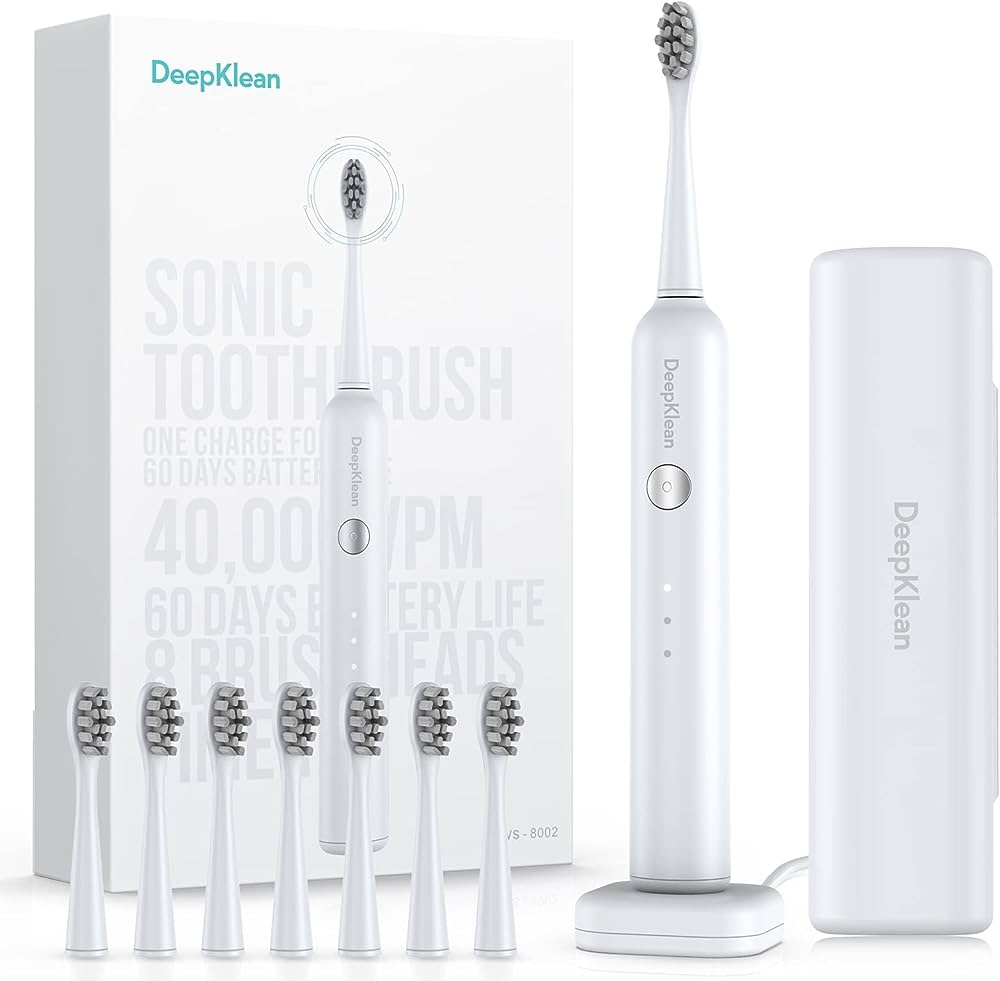
Solutions and prevention
To address tooth pain after using an electric toothbrush, consider the following solutions and prevention methods:
Optimal brushing technique: Ensure you are using proper brushing technique, including gentle movements and avoiding excessive pressure on the teeth and gums. Allow the electric toothbrush to do the work rather than applying unnecessary force.
Use a toothbrush for sensitive teeth: If tooth sensitivity is a concern, consider using an electric toothbrush specifically designed for sensitive teeth. These toothbrushes often have softer bristles and gentler brushing modes to minimize discomfort.
Address gum inflammation: Maintain good oral hygiene practices, including regular brushing, flossing, and visits to the dentist for professional cleanings. Proper oral care can help prevent and manage gum inflammation, reducing tooth pain.
Address dental issues: If tooth pain persists or is accompanied by other symptoms, it is crucial to visit a dentist for proper diagnosis and treatment. Dental professionals can identify and address underlying dental conditions, such as tooth decay, cracked teeth, dental abscesses, or gum disease.
Consult with a dental professional: If you have concerns about tooth pain after using an electric toothbrush, it is best to consult with a dental professional. They can provide personalized advice, evaluate your oral health, and determine the underlying cause of the discomfort.
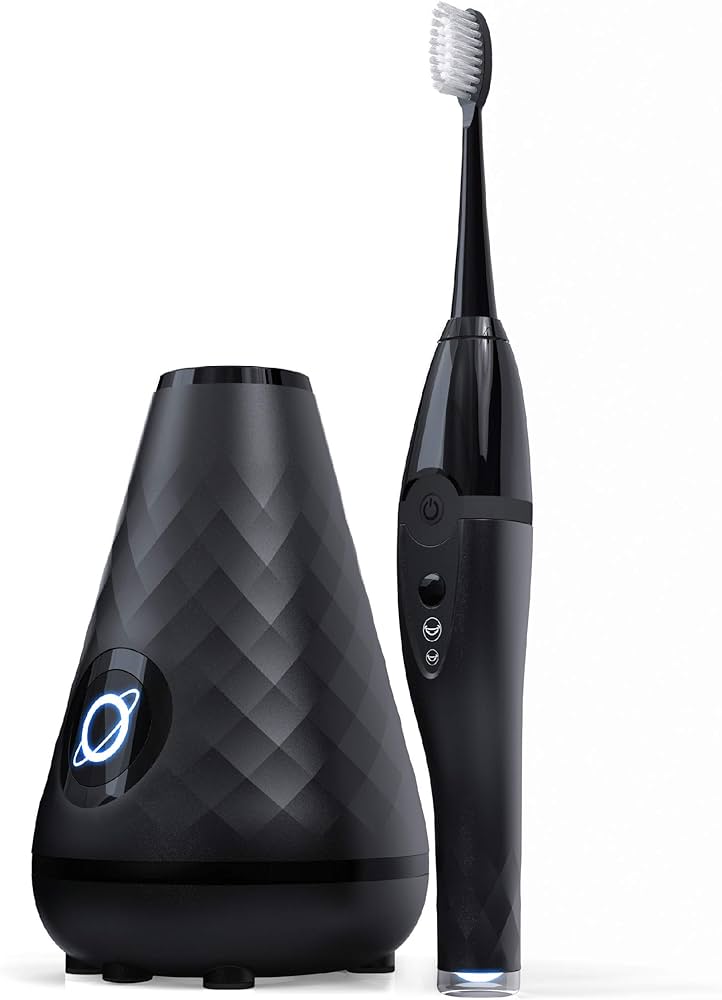
Tips for using an electric toothbrush without discomfort
To further prevent tooth pain or discomfort when using an electric toothbrush, consider the following tips:
Choose a toothbrush with adjustable settings: Some electric toothbrushes offer adjustable brushing modes and intensity settings. If you experience discomfort, try using a lower intensity or gentler brushing mode to minimize the impact on your teeth and gums.
Replace brush heads regularly: Over time, brush heads can become worn out and less effective, potentially causing discomfort during brushing. Follow the manufacturer’s recommendations for replacing brush heads, usually every three to four months, to ensure optimal performance and comfort.
Give your teeth and gums a break: If you find that using an electric toothbrush consistently causes discomfort, consider alternating between manual and electric brushing. This allows your teeth and gums to rest and recover from any sensitivity or irritation caused by the electric toothbrush.
Use toothpaste for sensitive teeth: Consider using toothpaste specifically formulated for sensitive teeth. These toothpaste options often contain ingredients that help desensitize the teeth and reduce discomfort during brushing.
Consult with a dental professional: If you continue to experience tooth pain or discomfort despite adjusting your brushing technique and following preventive measures, it is advisable to schedule an appointment with a dental professional. They can evaluate your oral health, identify any underlying issues, and provide appropriate treatment options.
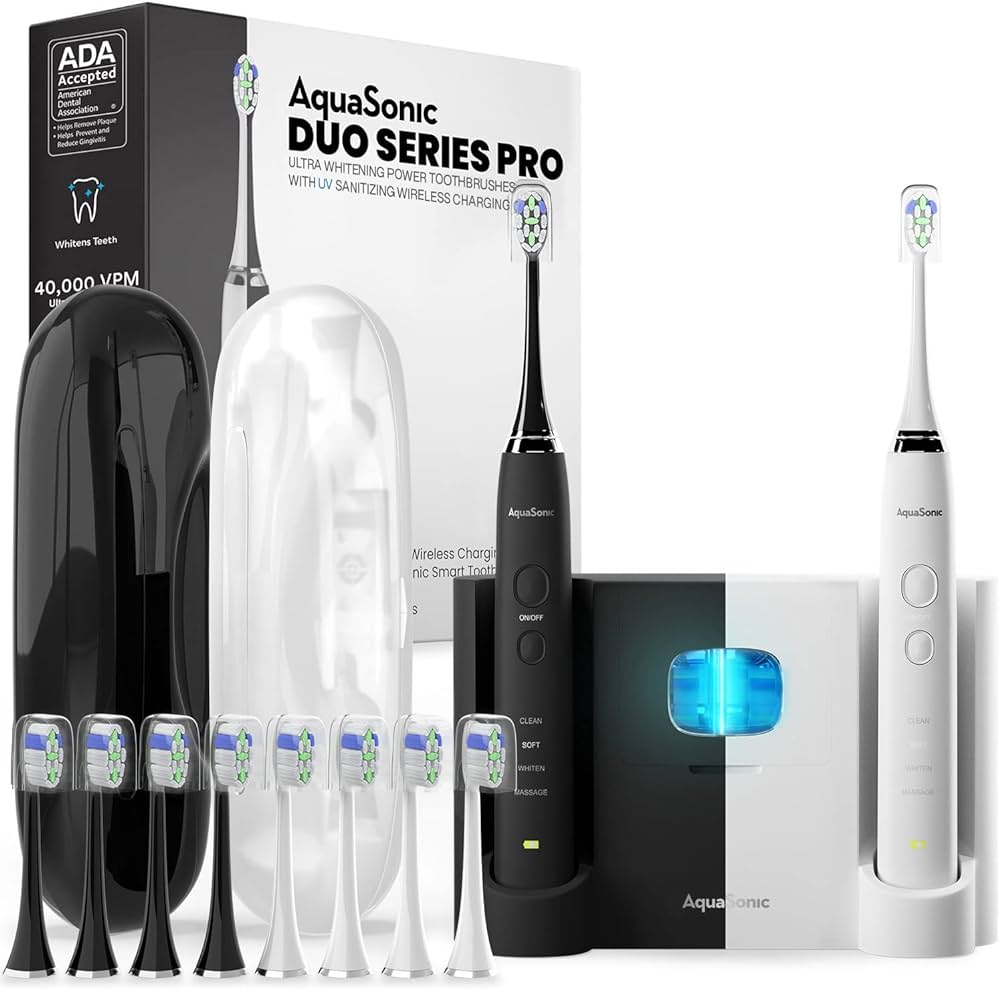
Conclusion
Experiencing tooth pain after using an electric toothbrush can be distressing, but there are several potential causes and solutions to consider. Improper brushing technique, tooth sensitivity, gum inflammation, and underlying dental conditions can contribute to tooth pain. By using proper brushing techniques, considering toothbrushes for sensitive teeth, addressing gum inflammation, and seeking dental care for underlying dental issues, individuals can alleviate tooth pain and maintain optimal oral health. If the pain persists or worsens, it is important to consult with a dental professional for proper diagnosis and treatment to prevent further complications.

